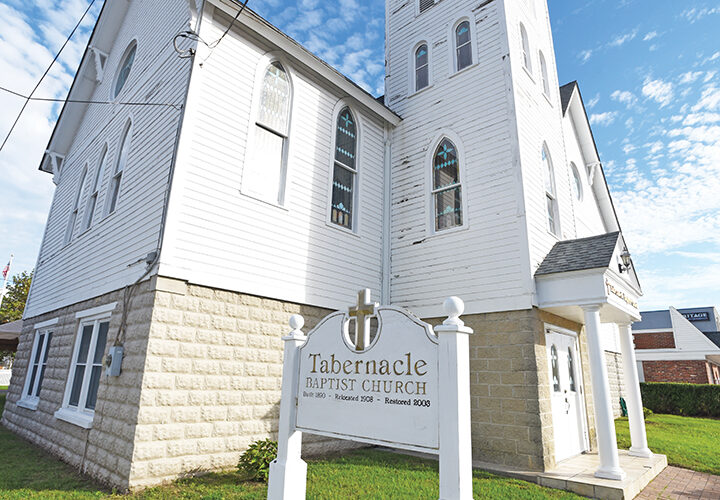City Council revises ordinances to give city control, have some regulations
LINWOOD — City Council adopted an amendment to its zoning ordinance Feb. 22 that limits where addiction recovery homes can be located.
The terms “cooperative sober living residence” (CSLR) and “boarding house” were added to the ordinance, bringing them under the control of city government
A CSLR is defined by the state as a recovery home that has been issued an F license by the state Department of Community Affairs. The New Jersey Uniform Construction Code defines a CSLR as “a residential setting that serves solely as a home for individuals who are recovering from drug or alcohol addiction and is intended to provide an environment where residents can support each other’s sobriety and recovery.”
There currently are three in the city.
According to a review and report regarding the ordinance by Polistina & Associates, the city has seen an increase in interest for the facilities.
“The city believes it is their responsibility to develop applicable regulations and require appropriate development patterns for these facilities,” the report states.
It notes that before the ordinance was approved, there were no controls in the city code for the type of use.
The report states that City Council acknowledges the growing need for such facilities and their potential benefits and therefore wants to exert some control to benefit their residents and those in the surrounding neighborhoods.
“The city’s goal is to develop and implement land use regulations which will ensure that the development patterns of these facilities maximize the benefits for facility residents and minimize the impact to the surround neighborhoods,” it states.
The report states Linwood is an attractive location for such houses because of its residential nature, spacious homes and proximity to services and mass transportation.
“Given these and other factors, it is anticipated that the number of these facilities in the city will increase going forward,” the report states.
The city has no authority to enforce regulations on Oxford Model homes that operate under the definition of “family” in single-family zones, the report states, but can regulate CSLRs because they operate as a boarding house. However, they must be allowed in all residential zones.
The report, which City Council used to develop its regulations, recommends limiting the homes to a maximum of 10 people. It also recommends a 600-foot buffer between CSLRs, which effectively limits them to one per block.
“Adopting a conditional use standard that requires a 600-foot 1separation distance … would provide the recommended separation without being arbitrary or overly restrictive,” the report states.
The report further recommends limiting the location of CSLRs by prohibiting them within Drug Free School Zones, which measure 1,000 feet from schools, parks and other public facilities.
Councilwoman Blair Albright said the Planning Board had taken the matter up the previous evening and deemed it in compliance with the city master plan.
By CRAIG D. SHENCK/Sentinel staff


